Hawaii is really far away. Eight tropical islands sit right in the middle of the Pacific Ocean’s Ring of Fire. It’s a six-hour flight from the west coast of the mainland United States, eight hours from Tokyo and a little more than 10 hours from Sydney, Australia. As you can see, America’s 50th state is pretty equidistant from the Asian, Australian and North American continents.
This means that a flight from New York City will put you in the air for about 12 hours, and you’re unlikely to fly non-stop. You’ll probably have to connect to another plane on the west coast. And these connections are done for practical and safety purposes.
In early 2019, Southwest Airlines finally wrapped up a federal regulatory process that now allows the airline to fly routes to Hawaii. You see, there are no runways between Washington, Oregon, California, and Hawaii. Airlines that fly to Hawaii have to operate special planes, and the company’s crews must go through special training. So, when you connect on the west coast on your way to Hawaii, you’re likely stepping off of a “normal” domestic plane and onto a Hawaii route-certified plane.
Does the FAA know there is a certain risk when flying to the most isolated chain of islands in the world, but is a Hawaiian vacation really that risky? Should you actually take the extra step in purchasing travel insurance for your trip? Let’s weigh the pros and cons.
What Is Travel Insurance?
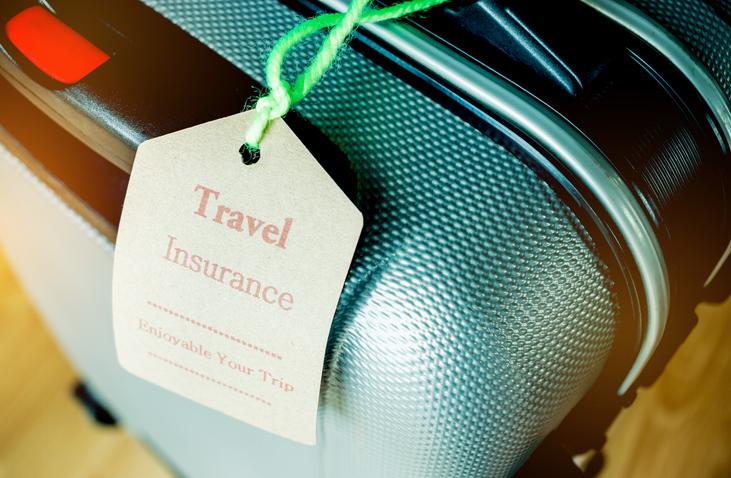 Whether we like it or not, there are certain financial risks when traveling. These risks vary from the inconvenient, like a delayed suitcase, to something much more substantial, like a hurricane hitting the Hawaiian islands just before your departure. A travel insurance plan can cover losses incurred by your big Hawaiian vacation.
Whether we like it or not, there are certain financial risks when traveling. These risks vary from the inconvenient, like a delayed suitcase, to something much more substantial, like a hurricane hitting the Hawaiian islands just before your departure. A travel insurance plan can cover losses incurred by your big Hawaiian vacation.
Unfortunately, not all travel insurance plans are the same, and some only cover very specific instances. Like most things in life, you usually get what you pay for, but, at the same time, you shouldn’t mistake value for the price. You’ll need to carefully examine each travel insurance plan to see if it fits your needs during your trip to Hawaii.
What Does Travel Insurance Cover?
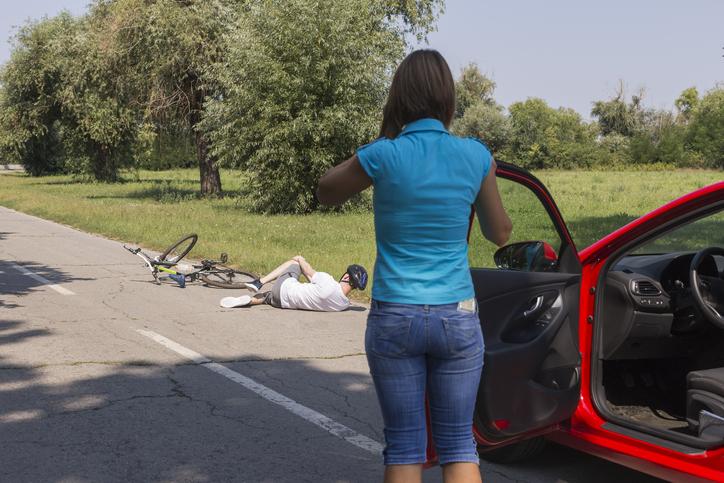 Not all travel insurance plans are the same, so you’ll have to read the fine print. But here are the most common financial losses that travel insurance may cover:
Not all travel insurance plans are the same, so you’ll have to read the fine print. But here are the most common financial losses that travel insurance may cover:
Voluntary cancellation of your trip. This is when you decide to cancel your trip for personal reasons.
Missed connections. Perhaps you are scheduled to board Norwegian Cruise Line’s Hawaii cruise in Honolulu, and you miss your connecting flight in Los Angeles which forces you to miss the Pride of America’s Cruise altogether.
Canceled flights. There are two reasons for canceled flights -- weather (or circumstances out of the airline’s control) and mechanical issues. Note that all airlines are compelled by law to compensate you for flights canceled for mechanical issues, so the travel insurance essentially only covers cancellations due to weather.
Dangerous weather at your destination. You may be entitled to financial compensation if devastating weather has hit the Hawaiian islands to ruin your fun.
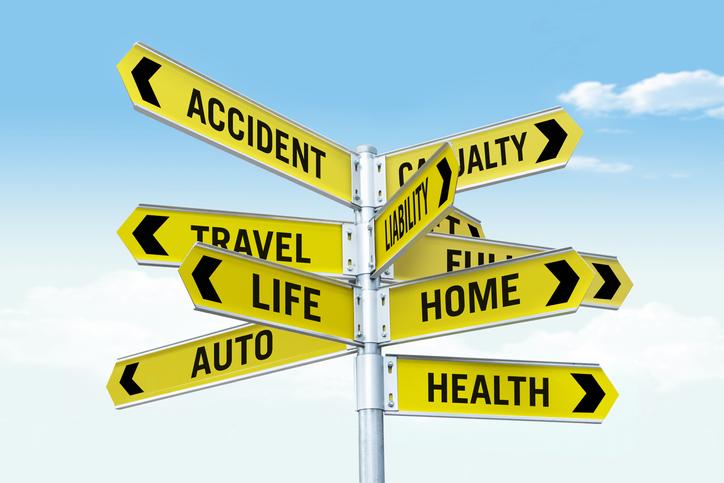 Acts of terror or violence. But there’s a very, very low chance of that happening in Hawaii.
Acts of terror or violence. But there’s a very, very low chance of that happening in Hawaii.
Sickness or injury during your trip. Some travel insurance plans can act as supplement health coverage on the islands.
Lost, destroyed or delayed baggage. Note that airlines are compelled by law to compensate you for lost, destroyed or significantly delayed baggage. Just make sure to talk to the baggage agent as calmly as possible.
Lost passports. Now, this isn’t an issue if you’re an American citizen. After all, Hawaii is America’s 50th state. But foreign tourists may benefit from expedited passport processing and the cost is covered.
Medical emergency evacuation. This is a rather expensive coverage, so make sure your travel insurance policy includes this service before purchase.
Your travel company goes belly-up. You’ll be compensated if your hotel goes out of business before you arrive on the islands, for example.
Emergency assistance services. You’ll have free access to a network of people that will help you in an emergency situation, whether it is finding alternative transportation home or getting a last-minute accommodation.
How Do They Apply To A Trip To Hawaii?
Well, let’s go through them step-by-step.
1. Voluntary Cancellation
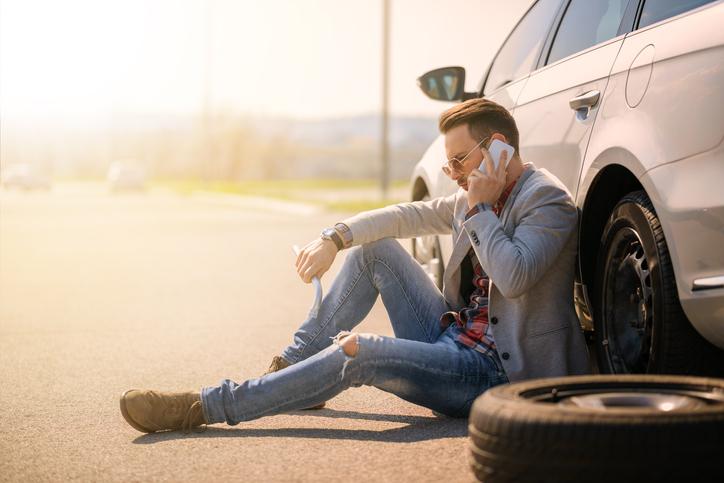 First up, voluntary cancellation of your trip. This is quite a luxury in the American travel industry, so you’ll have to pay for the privilege to cancel your trip for free right up until departure. Of course, you’ll still have to pay the airlines and the hotels, but you’ll be able to file a claim with your insurance company to recoup the costs later.
First up, voluntary cancellation of your trip. This is quite a luxury in the American travel industry, so you’ll have to pay for the privilege to cancel your trip for free right up until departure. Of course, you’ll still have to pay the airlines and the hotels, but you’ll be able to file a claim with your insurance company to recoup the costs later.
There is one way to receive free cancellation without purchasing travel insurance. You can simply fly Southwest Airlines to the islands while booking hotels with late cancellation windows. The hotels will refund your credit card in three to five business days, but the Southwest Airlines cancellation works a bit differently. You won’t pay a fee for the cancellation, and you’ll receive your fare back in the form of a travel credit good for future Southwest flights. So, if you paid $600 for a flight to Hawaii on Southwest and are forced to cancel, you’ll get exactly $600 worth of travel credit for future use with the airline. You just have to use the credit within one year of the original booking.
2. Missed Connections
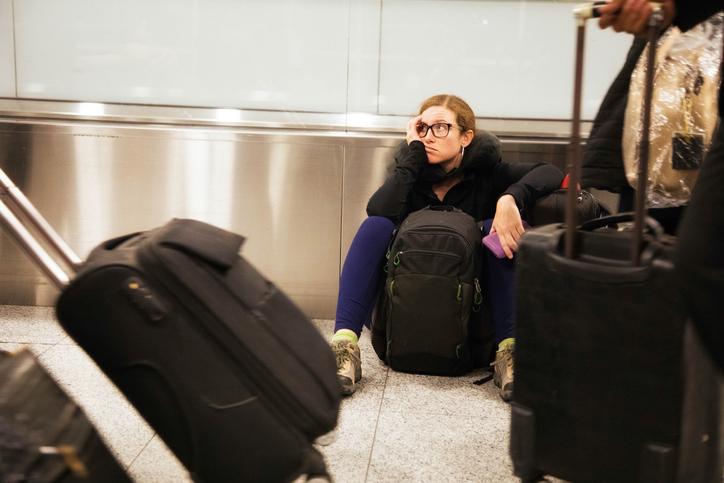 Next up, coverage for missed connections. Missed connections can be a hassle, but they shouldn’t interrupt your trip to Hawaii unless you need to board Norwegian Cruiseline’s Pride of America cruise liner at a certain time, as stated in the example above. If you do miss a west coast connection on your way out to Hawaii, it is likely your airline’s fault, so it is their responsibility to get you on the next plane out to paradise. Worst case scenario, you’ll be delayed overnight. In this case, it is your airline’s responsibility to put you up in a hotel, and they should even give you real money in the form of a voucher.
Next up, coverage for missed connections. Missed connections can be a hassle, but they shouldn’t interrupt your trip to Hawaii unless you need to board Norwegian Cruiseline’s Pride of America cruise liner at a certain time, as stated in the example above. If you do miss a west coast connection on your way out to Hawaii, it is likely your airline’s fault, so it is their responsibility to get you on the next plane out to paradise. Worst case scenario, you’ll be delayed overnight. In this case, it is your airline’s responsibility to put you up in a hotel, and they should even give you real money in the form of a voucher.
3. Canceled Flights
Coverage for canceled flights is a bit tricky because there are two categories for canceled flights. The first category occurs more often -- bad weather. 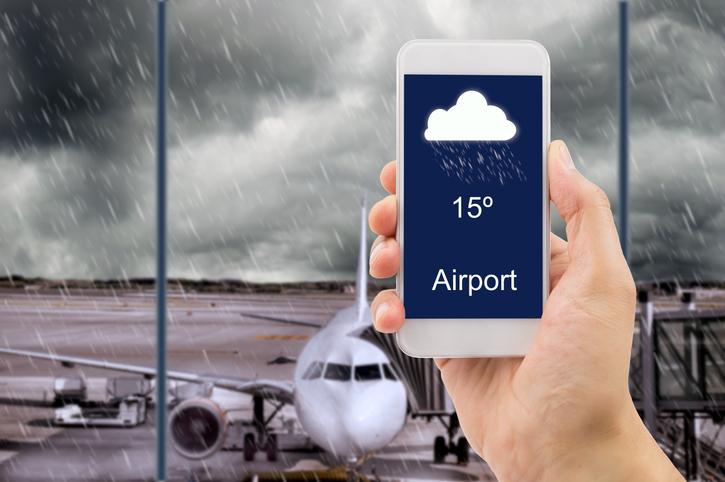 Hawaii can get smacked with bad weather out of nowhere, but surprise storms are much more likely during wintertime. Hurricanes hit the islands infrequently, and hurricane season spans from the beginning of June to the end of November. And there’s one more “bad weather” event that can disrupt air travel -- volcanoes. Volcanic ash suspended in the air, otherwise known as “vog,” can ground planes on all islands for weeks, but the eruption has to be quite big. It’s a rare event, but it can happen at any time.
Hawaii can get smacked with bad weather out of nowhere, but surprise storms are much more likely during wintertime. Hurricanes hit the islands infrequently, and hurricane season spans from the beginning of June to the end of November. And there’s one more “bad weather” event that can disrupt air travel -- volcanoes. Volcanic ash suspended in the air, otherwise known as “vog,” can ground planes on all islands for weeks, but the eruption has to be quite big. It’s a rare event, but it can happen at any time.
Unfortunately, airlines are under no obligation to reimburse you for canceled flights due to weather. It’s simply out of the company’s control. But that brings us to our second canceled flight category -- mechanical failure.
Your flight may be canceled because a routine mechanical check sent up a red flag, and the plane needs work before it can fly again. An airline may ground a plane for a burned-out light in the cockpit or a faulty engine. Either way, you are entitled to compensation from the airline for your canceled flight because, in this case, it’s the company’s fault. Make sure to talk to the agent calmly and ask for a cash refund, including a refund for any secondary fees such as baggage fees and seat upgrade fees. If you settle for travel credit with the airline instead of cash, make sure to ask if there are any restrictions.
Note that you will not be reimbursed for your entire vacation. You’re still on the hook for your hotels and any tours you may have booked in advance. But, as you can see, travel insurance only covers canceled flights due to weather. Federal law covers canceled flights for every passenger in America when it comes to mechanical failure.
4. Dangerous Weather
 So, you’ve made it to the islands and then you hear the air sirens going off. This could be a warning for an oncoming hurricane, an expected tsunami or a volcanic eruption on the Big Island (which can affect all other islands). There is a threat of dangerous weather in Hawaii, but forecasters can usually see it coming for days. This coverage is pretty limited, and it would be rare that you’d have to take advantage of it.
So, you’ve made it to the islands and then you hear the air sirens going off. This could be a warning for an oncoming hurricane, an expected tsunami or a volcanic eruption on the Big Island (which can affect all other islands). There is a threat of dangerous weather in Hawaii, but forecasters can usually see it coming for days. This coverage is pretty limited, and it would be rare that you’d have to take advantage of it.
5. Acts of Terror or Violence
There’s no way to forecast such an event, but Hawaii does have very strict gun laws. Hawaii has America’s lowest gun violence rate, so you’re safer on the islands than on the mainland. It’s extremely unlikely that you’ll have to use this coverage should your travel insurance plan even include it.
6. Sickness Or Injury During Your Trip
 Hawaii is an outdoor lover's paradise, and outdoor adventure goes hand-in-hand with an increased risk of injury. You could twist your ankle on a hike, get battered around by Hawaii’s unexpectedly powerful waves or suffer the dreaded coral cut. You also have to be aware that the islands are extremely hot and humid. This is a recipe for life -- all kinds of life -- including bacteria. There is a risk of staph infection on the islands, and many travelers end up in the emergency room looking for antibiotics. So, if you don’t have great health insurance, then this coverage might end up helping out.
Hawaii is an outdoor lover's paradise, and outdoor adventure goes hand-in-hand with an increased risk of injury. You could twist your ankle on a hike, get battered around by Hawaii’s unexpectedly powerful waves or suffer the dreaded coral cut. You also have to be aware that the islands are extremely hot and humid. This is a recipe for life -- all kinds of life -- including bacteria. There is a risk of staph infection on the islands, and many travelers end up in the emergency room looking for antibiotics. So, if you don’t have great health insurance, then this coverage might end up helping out.
7. Lost, Destroyed or Damaged Bags
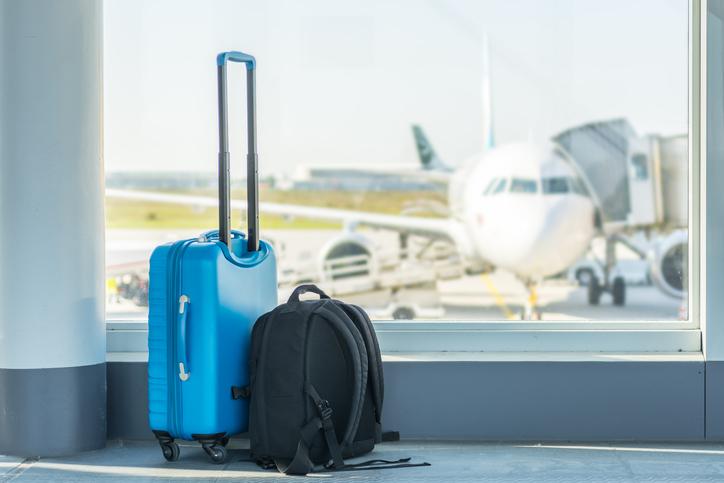 All airlines are already under an obligation to keep your bags safe, but mistakes do happen. It’s incredibly rare that an airline loses your bags, but your bag may end up lost or stolen. You can safeguard yourself without travel insurance by taking pictures of your luggage at the check-in desk while keeping a detailed list of your belongings inside the luggage.
All airlines are already under an obligation to keep your bags safe, but mistakes do happen. It’s incredibly rare that an airline loses your bags, but your bag may end up lost or stolen. You can safeguard yourself without travel insurance by taking pictures of your luggage at the check-in desk while keeping a detailed list of your belongings inside the luggage.
If your bag is delayed, you’ll simply talk to the baggage agent who will likely be able to tell you where it is currently located. Oftentimes, the bag is put on the wrong plane by mistake. So, you’re in Hawaii and your bag ends up in Spokane, Washington. The airline will get your bag to the islands as quickly as possible, and the airline will courier your bag to your hotel. This usually happens within 24 hours.
But, if you’re nice enough to the baggage attendant, you can tell them that you don’t have any clothes, swimwear or hiking shoes with you right now; the items you would need to enjoy your vacation while you wait for your bag to arrive. The airline attendant may give you a toiletry bag full of goodies and may even write you a check so that you can buy hiking shoes and swim trunks. After all, federal law states that the airline must reimburse you for incidental expenses associated with your delayed bag, but the process is not regulated very well. It’s essentially up to the baggage claim person, so be nice.
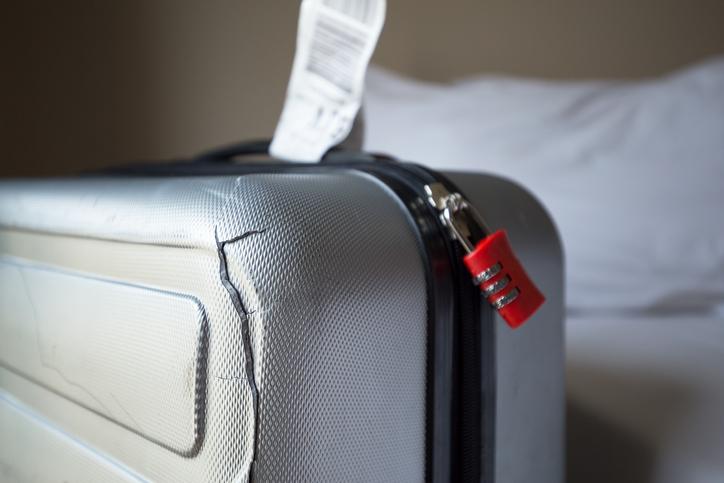 Damaged bags are a different story. While airlines are responsible for reimbursing you for damaged or lost goods, the companies are only responsible for covering what’s in their contract of carriage. You should be able to look up your airline’s contract of carriage online. These “contracts” usually exclude jewelry, fragile items, rare items and so forth. So, if you don’t want this to become an issue, simply carry those items with you onto the plane.
Damaged bags are a different story. While airlines are responsible for reimbursing you for damaged or lost goods, the companies are only responsible for covering what’s in their contract of carriage. You should be able to look up your airline’s contract of carriage online. These “contracts” usually exclude jewelry, fragile items, rare items and so forth. So, if you don’t want this to become an issue, simply carry those items with you onto the plane.
Otherwise, you have a right to file a claim with the US Department of Transportation should the airline not fulfill its financial obligations. You can seek up to $3,500 in compensation per bag for a domestic flight. So, in the end, you really don’t need this kind of coverage because federal law already covers you. But, if you forgo the insurance, you may be in for a long, uphill battle.
8. Lost Passport
Most travelers to the Hawaiian islands are from the continental United States and are either US citizens or legal aliens. If that’s the case, then you don’t need this coverage whatsoever. You can fly to and from Hawaii without a passport. But this could come in handy if you are a foreign traveler. Just make sure the travel insurance covers the passport process in your country.
9. Emergency Medical Evacuation
 As we’ve stated before, Hawaii is an outdoor playground, and injuries can happen on playgrounds. You can only hurt your leg on a hike if you are hiking, so there’s an increased risk of injury when you’re on the Hawaiian islands. And this coverage, should you need it, may serve you well because many health insurance plans won’t cover the extreme costs of emergency medical evacuation. Much of Hawaii is remote, so you might call upon a helicopter to grab you out of the wilderness. You also might have to pay for a helicopter if you get in a car accident on one of Hawaii’s smaller islands. The injured are usually flown to Honolulu for the best medical treatment, and the short flight can be rather costly. So, make sure to check your own medical insurance against this particular coverage.
As we’ve stated before, Hawaii is an outdoor playground, and injuries can happen on playgrounds. You can only hurt your leg on a hike if you are hiking, so there’s an increased risk of injury when you’re on the Hawaiian islands. And this coverage, should you need it, may serve you well because many health insurance plans won’t cover the extreme costs of emergency medical evacuation. Much of Hawaii is remote, so you might call upon a helicopter to grab you out of the wilderness. You also might have to pay for a helicopter if you get in a car accident on one of Hawaii’s smaller islands. The injured are usually flown to Honolulu for the best medical treatment, and the short flight can be rather costly. So, make sure to check your own medical insurance against this particular coverage.
10. Your Travel Company Goes Bankrupt
More than 10 million visitors from all over the world step foot on the Hawaiian islands every year and a variety of companies are waiting for their economic jolt. All in all, it’s tough for a travel company to go bankrupt without an “act of God,” so to speak. Extreme weather, like a hurricane or an eruption, might put a company under, but you shouldn’t count on it. You’ll have to call on this coverage only in extremely limited circumstances.
11. Emergency Assistance Services
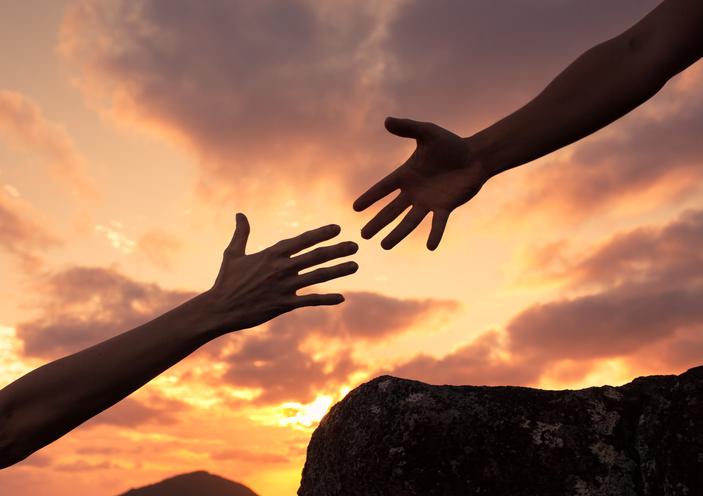 This one may actually come in handy, but it would be very rare. Say you get to the islands and the forecast looks beautiful, but an unexpected hurricane hits or the eruption of the century takes place on Mauna Kea. This could destroy some of Hawaii’s infrastructure, ground planes and cut off transportation to the islands altogether. You’d certainly be in need of emergency assistance services.
This one may actually come in handy, but it would be very rare. Say you get to the islands and the forecast looks beautiful, but an unexpected hurricane hits or the eruption of the century takes place on Mauna Kea. This could destroy some of Hawaii’s infrastructure, ground planes and cut off transportation to the islands altogether. You’d certainly be in need of emergency assistance services.
To put the rareness of this into perspective, the last time transportation was halted to the islands was in 1992 when Hurricane Iniki made landfall. The storm crippled the island of Kauai and let loose hundreds of chickens. The water stopped flowing, the world-famous Coco Palms Resort was destroyed and the US Military had to barge in aid for those left on the island.
Calling on this coverage is quite a long shot, but, if you do win the unfortunate circumstances lottery and need the assistance, it could be a lifesaver. The insurance company could find you a place to stay, water to drink, food to eat and help evacuate you from the island.
Conclusion
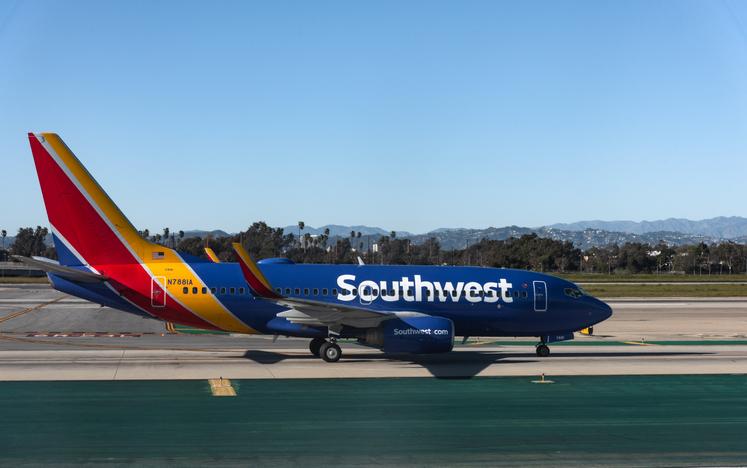 You can cover most of your trip’s financial liability yourself with a few preemptive maneuvers. Southwest Airlines doesn’t charge cancellation fees, so, if you don’t mind being reimbursed with travel credit, you don’t have to worry about your flights. You can always book a hotel with a flexible cancellation window, as well. Put those together, and you can cancel your trip without any costs to you.
You can cover most of your trip’s financial liability yourself with a few preemptive maneuvers. Southwest Airlines doesn’t charge cancellation fees, so, if you don’t mind being reimbursed with travel credit, you don’t have to worry about your flights. You can always book a hotel with a flexible cancellation window, as well. Put those together, and you can cancel your trip without any costs to you.
Your bags are already covered by federal law, so you don’t need to worry about that. And if you’ve protected yourself with the aforementioned preemptive maneuvers, you don’t even have to worry about the worst weather. You’ll see it coming on the forecast. But unexpected bad weather, volcanic eruptions, and acts of violence can’t be forecasted, and this is where the travel insurance can actually help.
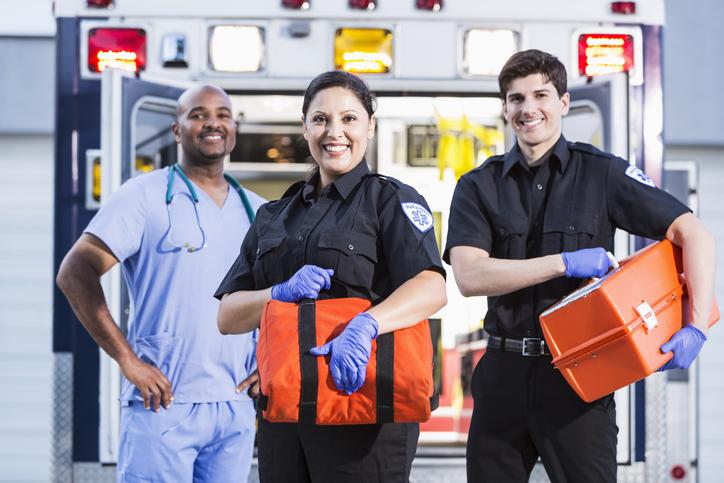 A good travel insurance plan can help you with costs associated with a medical emergency, including emergency evacuation. And we all know that Hawaii is an outdoor playground with an increased risk of injury. A good plan can also help you should bad weather, a volcanic eruption, tsunami or act violence unexpectedly hit your island. Though, the chances of this are extremely low.
A good travel insurance plan can help you with costs associated with a medical emergency, including emergency evacuation. And we all know that Hawaii is an outdoor playground with an increased risk of injury. A good plan can also help you should bad weather, a volcanic eruption, tsunami or act violence unexpectedly hit your island. Though, the chances of this are extremely low.
In the end, you should ask yourself this question -- are the type of person that would relax more if you had this type of protection? If the answer is yes, then you should purchase the insurance so that you can enjoy the trip of a lifetime just a little bit more. You can look at the extra cost as an investment in your peace of mind. But, if the answer is no, then you shouldn’t worry about it. Spend that money on a guided tour instead.